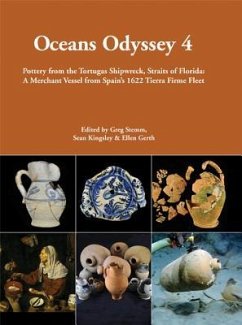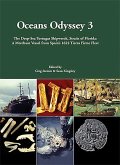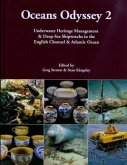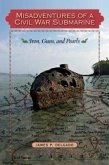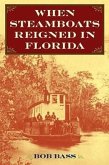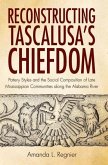The Tortugas shipwreck excavated at a depth of 405 meters in the Straits of Florida contained a major collection of 3,800 intact and fragmentary olive jars, tablewares, cooking vessels and tobacco pipes. Identified as the Portuguese-built and Spanish-operated 117-ton Buen Jes¿s y Nuestra Se¿ora del Rosario, the ship¿s Seville dominated tablewares are a revealing index of unchanged cultural tastes and continued production at the end of Spain¿s Golden Age. For cooking the crew relied on Afro-Caribbean colonoware, possibly the first recorded archaeological evidence of maritime slavery in the Americas fleets. Two tin-glazed plates painted with papal coat of arms ¿ the Keys of Heaven and triple crown ¿ may have been used by Spain-bound clergymen from the newly formed Sacred Congregation of the Propagation of the Faith. Samples of all ceramics were subjected to Inductively-Coupled Plasma Spectrometry (ICPS) analysis to determine vessel origins.Six chapters focus on the tablewares, tin-glazed papal plates, Afro-Caribbean cooking wares, the olive jars, Inductively-Coupled Plasma Spectrometry results, and a study of how the pottery reflects Spanish colonial economic models, also compared to Roman and medieval structures.

